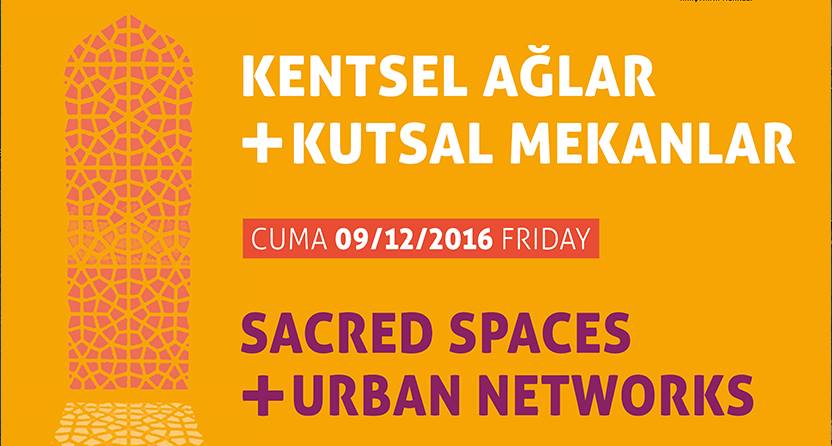
11. ANAMED Yıllık Sempozyumu | 11th ANAMED Annual Symposium
Koç Üniversitesi Anadolu Medeniyetleri Araştırma Merkezi (Koç University's Research Center for Anatolian Civilizations - ANAMED)
Tarih : 09-12-2016 09:00 - 09-12-2016 18:00
Kentsel Ağlar ve Kutsal Mekanlar
Kutsal mekanlar ve kentsel gelişim arasındaki ilişki, neredeyse tüm Anadolu medeniyetleri için tarih boyunca bilinegeldik bir olgudur. Bu sempozyum on birinci yüzyıldan itibaren Anadolu’da var olan çeşitli kutsal mekanları ve bunların kentsel doku ile kurdukları mekansal ve sosyokültürel dinamikleri ele alır. Manastırlar, zaviye ve tekkeler, mezar yapıları ya da kutsal peyzaj gibi mekanlar, kentsel çekim merkezi nitelikleriyle farklı bir anlam taşırlar. Bu mekanların kullanıcılarının ve kutsallık atfedilen çeşitli objelerin dolaşımı ile ortaya çıkan kentsel ağlar da ayrı bir önemi haizdir.
11. ANAMED Yıllık Sempozyumu, arkeologlar, tarihçiler, sanat, mimarlık ve peyzaj tarihçilerini biraraya getirerek disiplinler arası sınırları kaldırmayı ve konuyu daha geniş ve farklı perspektiflerden incelemeyi hedefler. Aynı zamanda yeterli akademik ilgiyi çekememiş “kutsal” mekanlar ve bunların şehirle olan ilişkilerini anlamayı da amaçlamaktadır.
----------------------------------
Sacred Spaces & Urban Networks
Throughout history, the relationship between sacred spaces and the development of urban settlements has been a familiar phenomenon for almost all Anatolian civilizations. This symposium investigates various forms of “sacred” spaces and their spatial and sociocultural dynamics with the urban landscape in Anatolia from the eleventh century onward. Sites such as monasteries, dervish lodges, funerary buildings or sacred landscapes are of particular importance since they act as centers of gravity in the urban context. Of further significance is the mobility of people that populate these spaces and circulation of the artifacts perceived as sacred.
The 11th annual symposium of ANAMED aims to remove some of the disciplinary boundaries by bringing together archeologists, historians, art historians, historians of architecture and landscape in order to examine the material in more detail from a broader and different perspective. It also endeavors to understand other spaces deemed “sacred” that have attracted less scholarly attention and their relationship to the city.

